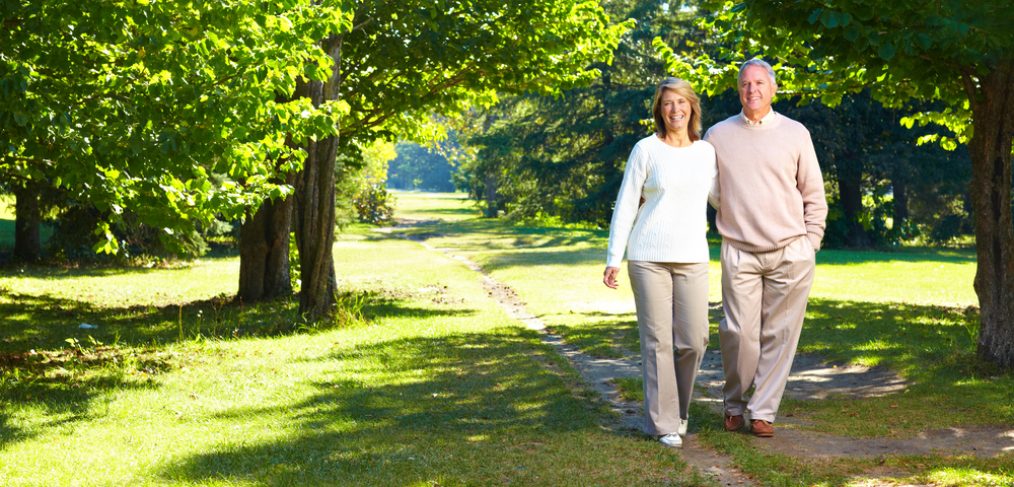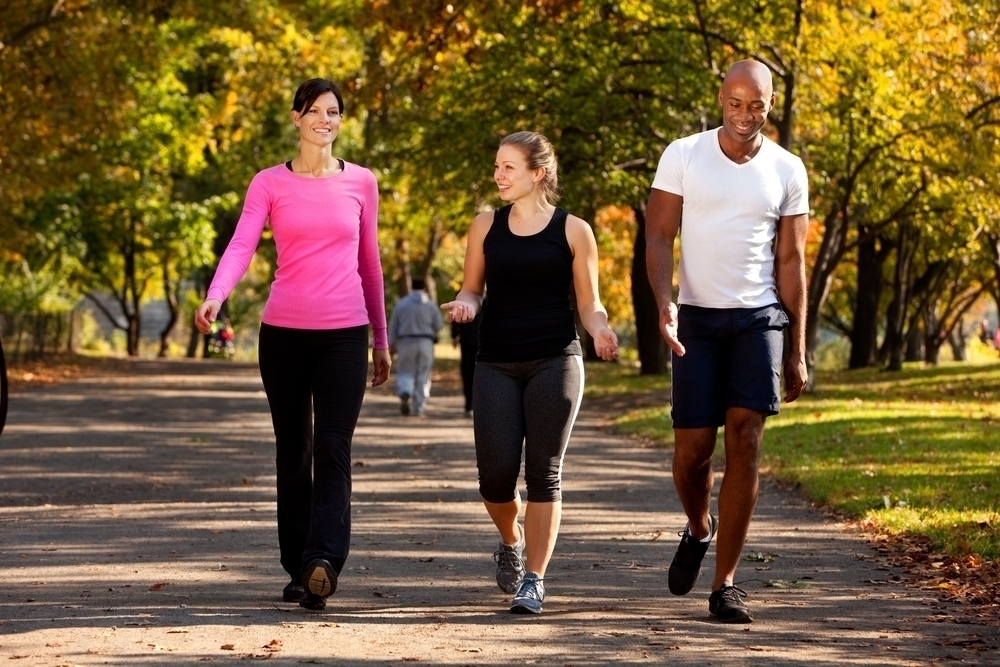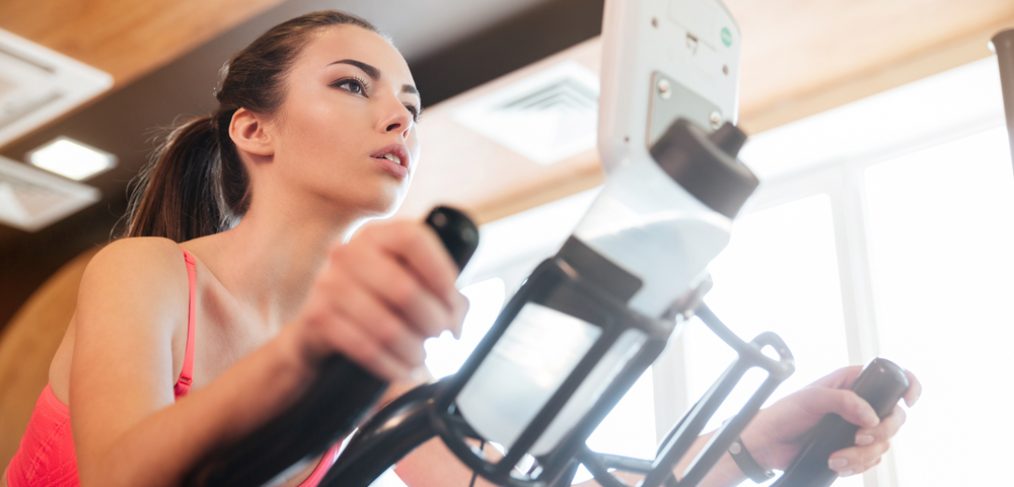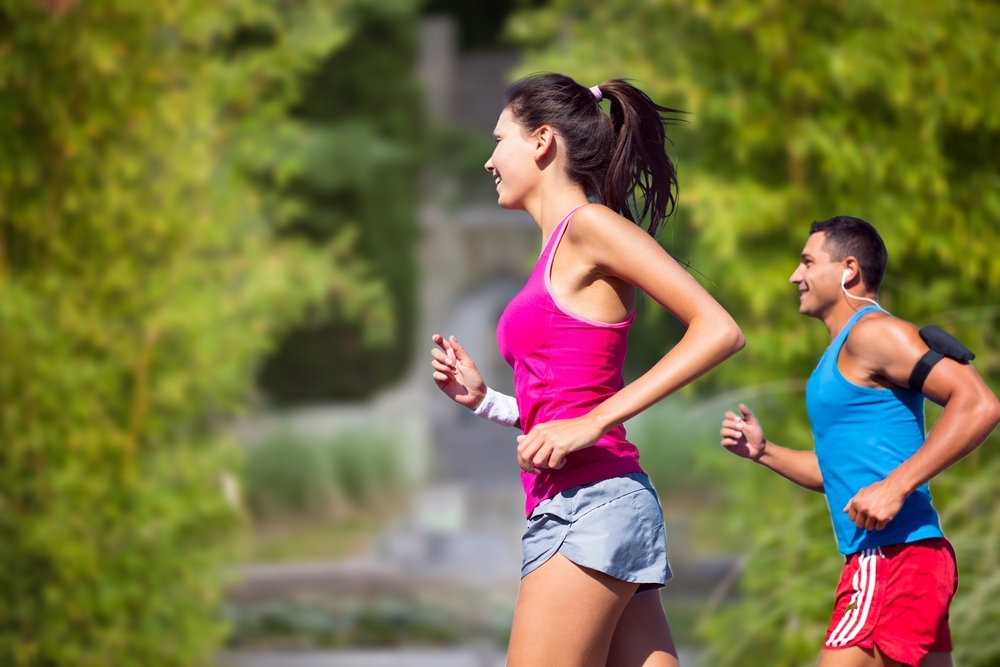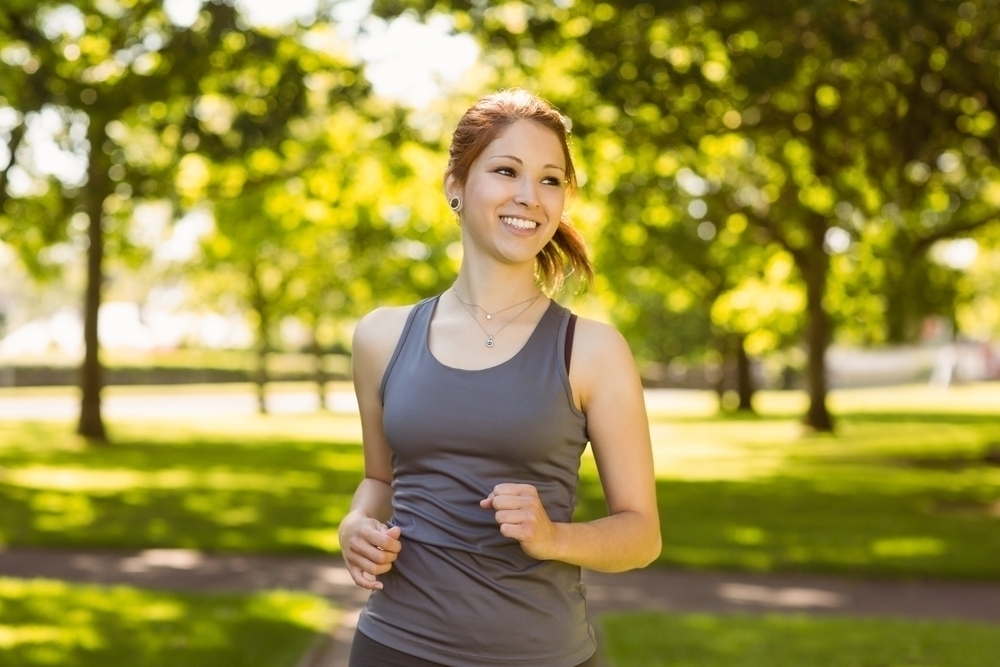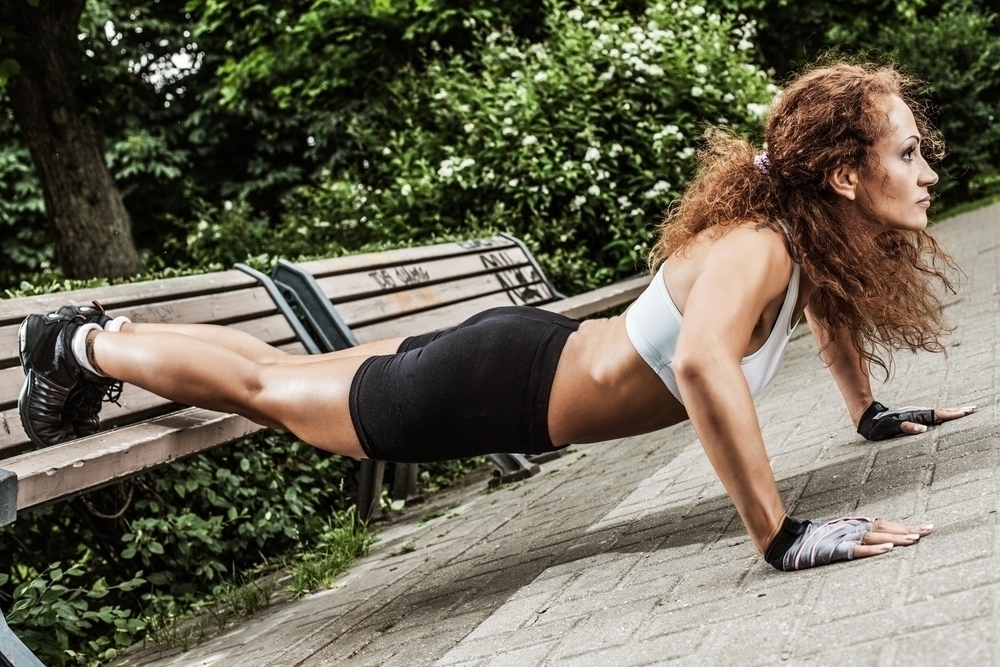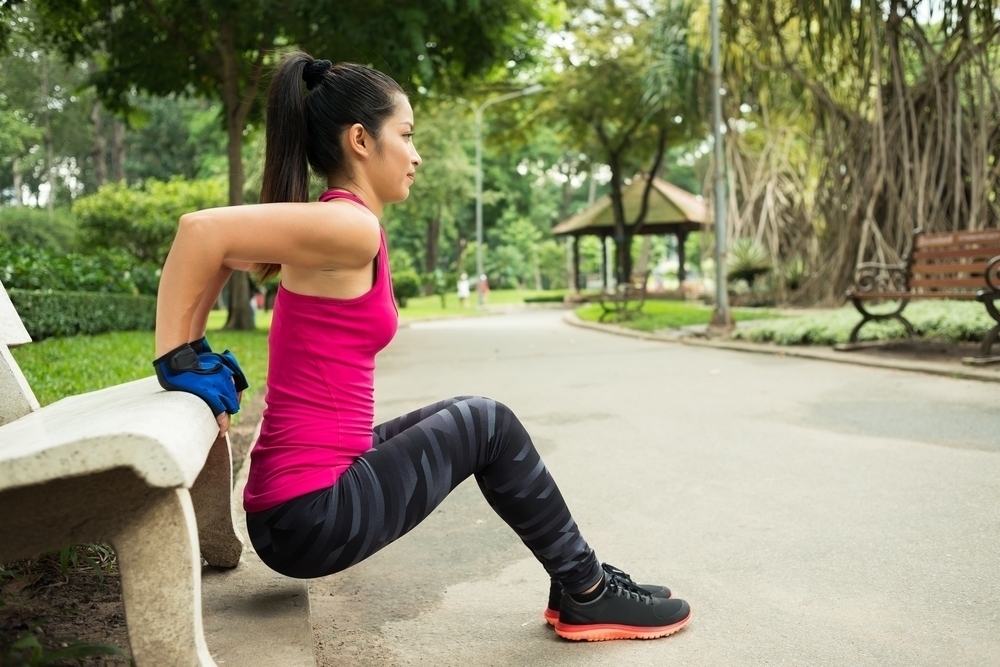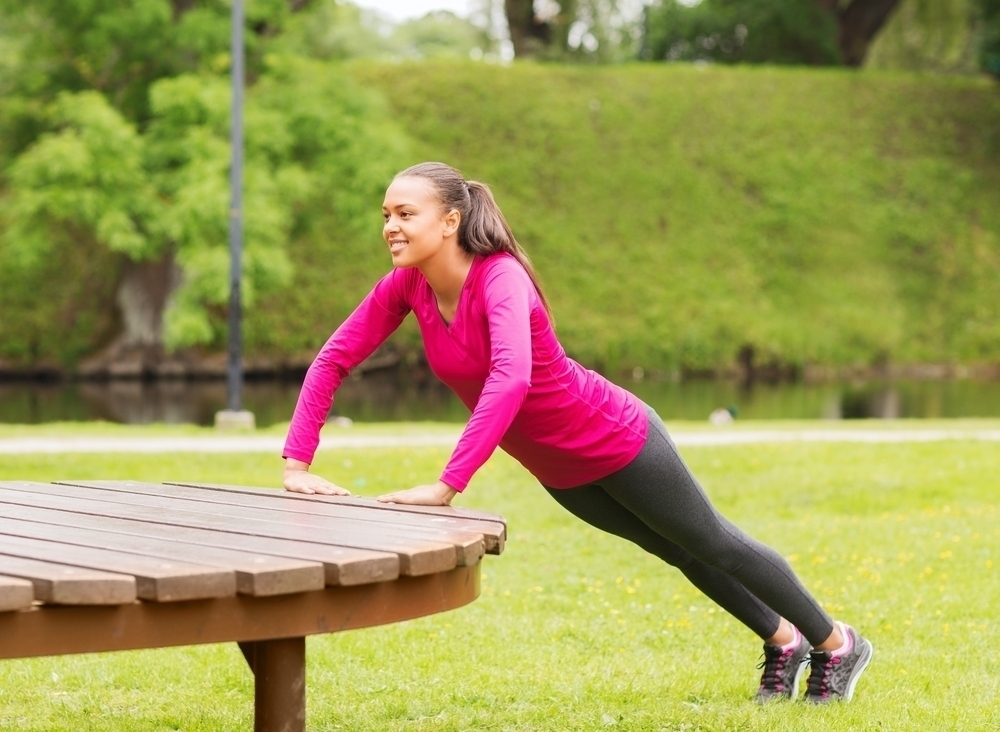If a tree falls in the forest with no one to hear it, does it make a noise? The same can be applied to real life situations. If we eat at home alone, did we really eat? If we drink at home alone, did we really get drunk? And if we exercise at home alone, did we really work out? Doing things publicly seems to affirm that they really happened, but they usually involve extra expense, extra energy, and, of course, leaving the house. Sometimes there can be advantages to eating without a restaurant, drinking without a bar, and working out without a gym. Here are some ways you can do the last, and when you see the results, there will be no doubt you had a great workout.
Running
You definitely don’t need a gym to take off running. And no one will deny the results. You’ll get fabulously toned legs and burn tons of calories. Plus, there is no shortage of places to do it. There are running and jogging trails all over the place, or you can run along the street to change up the scenery.
Walking
If running is too brutal for you, walking may be more your thing. You’ll get in your cardio and your calorie burn. You can join a walking club if you need some people to motivate you, or start your own.
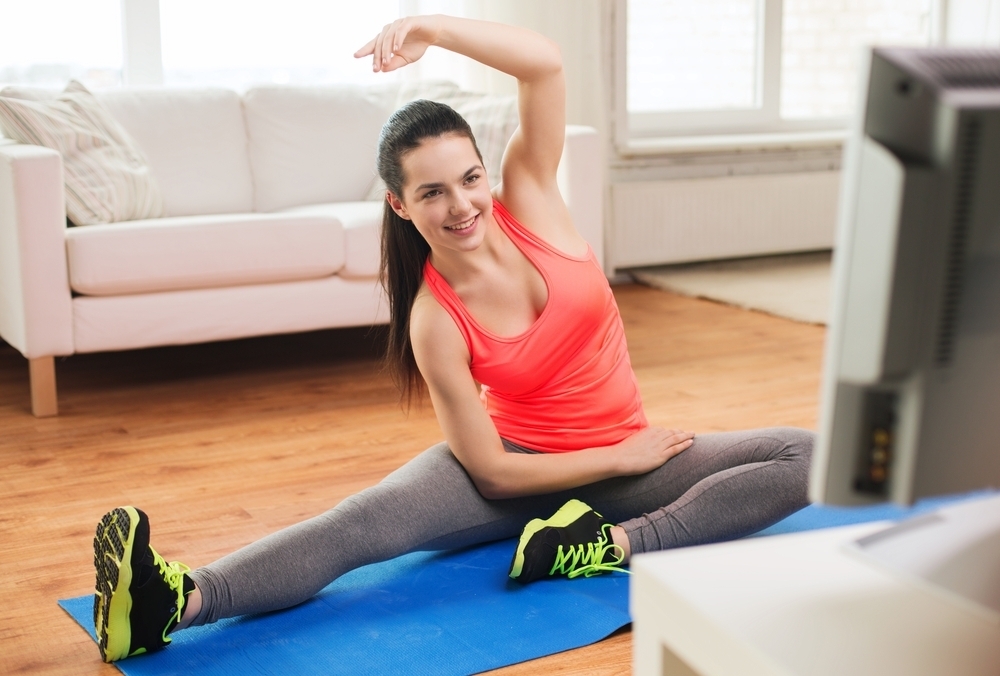
Exercise Videos and TV Shows
Videos are great because they provide you with a structured exercise that you can do in the privacy of your home at a time most convenient for you. They also cover every type of workout known to man, from yoga to high intensity, to step aerobics, so you can find the one best suited to your abilities and preferences.
At Home Exercise Equipment
Stationary bikes, treadmills, and stair masters are all great ways to workout without the gym. They can cost a pretty penny but are well worth it when considering what you may be saving in time and gym membership fees.
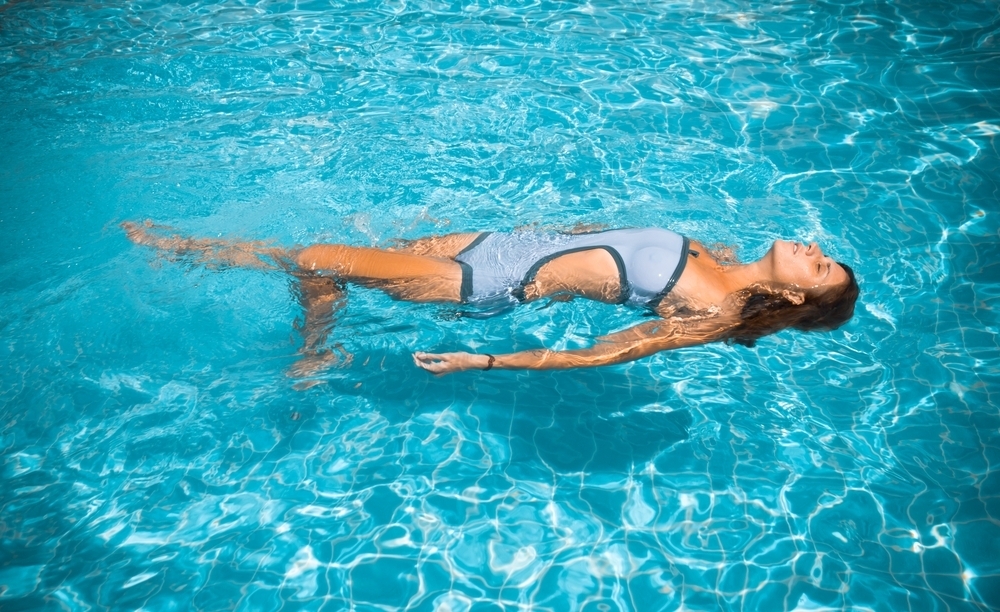
Swimming
Swimming is an excellent way to burn calories without damaging your joints, and you don’t even have to break a sweat. While you may not have the luxury of an Olympic sized pool in your back yard, there may be a community center or park nearby that does.
Bicycling
Bikes are functional as well as beneficial to your health. You can get a quick workout while running an errand, or take a more intensity focused ride. Neighborhoods are making their streets more bike friendly, and, biking is a good way to exercise your environmental consciousness while you exercise your body.

Play With Your Kids Or Pets
You’ll get a workout and your family will love you for it. See who lasts longer, you or the kids. Plus, it’s more entertaining than walking on a treadmill.
Public Courts
Public courts are ideal for cool summer nights and lazy summer Saturday mornings. Many parks offer tennis, volleyball, and basketball courts to the public. It’s BYO on the equipment, but space is free.
Are you working out without a gym this summer? Good for you? Let us know what you do when the gym is not an option?




